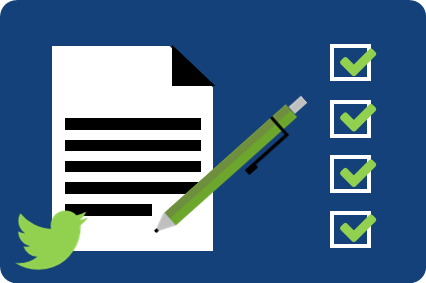3 Traits of the Perfect Lessee to Help Improve your Lease Management
Updated 17th June 2021 | 5 min read Published 6th January 2015


Leasing is easy, if you know how, but what makes a lessee a leasing expert?
Most companies who lease equipment are good lessees (although not all), but very few can call themselves perfect. Here are the three top traits of an outstanding lessee that you should consider next time you want to add a new agreement to your lease portfolio.
Great Organisation
Thousands of assets on lease, millions of pounds owed in pre-planned payment structures and a set of contractual obligations included in each lease schedule. Sounds like the plot for the next Mission Impossible film, or it can certainly feel like it when you’re having to deal with it all. Everyone claims to be organised and most of us are, but keeping on top of a portfolio made up of numerous leased assets in a nationwide or global company needs an extra-human sense of organisational prowess. Failure to do so can lead to unwanted lease extensions and overpayments, like in this example.
A good lessee knows the difference between a finance lease and an operating lease and where to find the schedules for each. A perfect lessee has their entire lease portfolio uploaded and managed by intuitive leasing software, where they can tailor accessibility and profile fields to enable them to find exactly what they need when they need it. From the serial number of an asset through to where it is located, smart lease management software helps the perfect lessee stay organised and on top of all the leases, notice deadlines and return conditions. With the IFRS new lease accounting standard just around the corner, this is needed now more than ever!
Strong Communication
Communication skills: the staple of every C.V.
As cliché as it sounds, good communication within the leasing industry is a must have and a company that leases their assets needs to have some form of process or structure set in place when organising new and existing leases. Too many cooks spoil the broth and when you have decisions in finance, procurement and operations departments as well as the lessors to manage, bad communication can certainly be the recipe for disaster. Often the operational users of a leased asset and those who organise the lease schedule and end of lease conditions are not the same person – they may not even be in the same city! This can lead to some unimaginable blunders that can be expensive and time consuming.
Better communication comes in many forms: setting up a standard procedure across the company for agreeing leases, recording a full audit trail of decisions and centralising the leasing process into one database to name a few. Whether completed through lease management software or organised internally, a perfect lessee has their ear to the ground and listens to the requirements of everyone so they can negotiate a lease contract that best suits all.
Confident Negotiation
The processes and procedures of a lease are based around the lease schedule that gets decided in the initial stages of the lease inception. Return conditions, lease rate, commercial flexibility, any additional features and other requirements are all included in the initial negotiation and documentation.
Although lessees and lessors are not sworn enemies, they do stand at opposing ends of lease contract negotiation. In order to make leasing profitable, lessors have their own conditions and terms that they wish to include. Most of them are more than agreeable, but there are the odd few who see the lease schedule as a profit opportunity and may be tough or harsh in their standard documentation. The ability to realistically and effectively negotiate terms within the master lease and all associated lease documentation is vital to ensure that you are not just getting the best rate that suits your operational needs, but that when it comes time to return the asset, you aren’t left with unexpected costs and limited choices. Innervision’s leasing experts have a great deal of experience with lease document negotiation and can vouch that even changing one word can have a huge impact.
A perfect lessee knows what they need in a contract and does their best to secure what they want as well as coverage for an unexpected worst case scenario or any mid term flexibility. The perfect lessee is also not afraid to consult the experts to ensure they get the very best deals for their company.
At the end of it all, it is important to remember that a lessee in rarely just one person, but in fact an entire company. Only a select few departments and even fewer people within those departments will need to be involved, but a chain is only a strong as its weakest link.
As the IASB is confident that the new lease accounting regulations will be issued this year, it is important that your company is not only clued up on how lease accounting for operating leases and liabilities is going to change, but also has the systems in place to deal with it. These three traits are a great start to strive for perfection as a lessee so your business can be ready to save money and get the best out your leasing in 2015.
For more information on how lease portfolio management software can help you become the perfect lessee and get your company’s leasing habits in order before the new regulations are instigated, be sure to check out our infographic for more details on Innervision’s very own software, LOIS.
Share this Blog?




